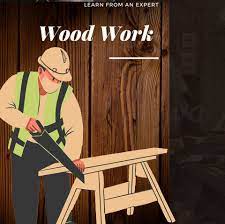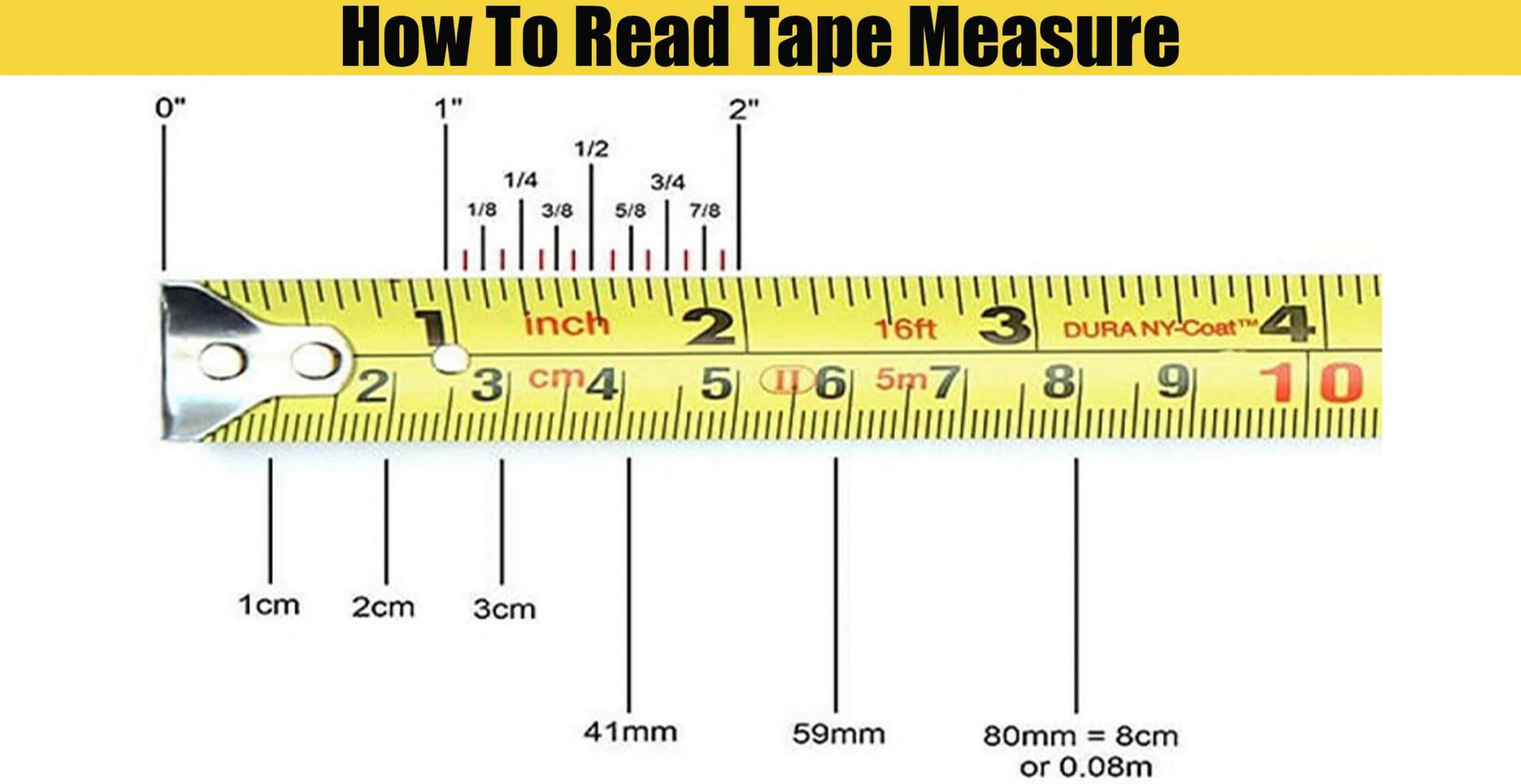
It is important to weigh the pros and cons of planers and jointers when making a decision. Below are the main features of these devices. For more information, see our Planers vs jointers review. We'll also take a closer look at the features of these tools. To help you choose the right one for you, we will weigh the benefits and drawbacks. Consider the pros and drawbacks of each planer before you choose the one that suits your needs best.
Planer vs jointer
Many woodworkers disagree on the best tools for the job. While a planer is more affordable than a joiner, it can still be a costly up-front investment. A jointer uses an adjustable blade, while the cutterhead of a planer revolves around its operator. A jointer cuts stock towards the operator, while a power plane cuts it away.

Cost
A planer that has a high speed is necessary to cut large boards in a project. If you only plan to use the planer for small projects, you can purchase a smaller model. But before you purchase a new planer, consider these factors. First, find out how much lumber your machine can plane per minute. The machine will only be able to plane one piece at a moment, so you are likely to waste lots of material.
Capacity to workpiece
Different capacities are available for planers. Your workpiece size will determine how much to cut. Some planers can hold less than 12 inches stock, while others can handle more material. A planer's capacity will also depend on the size of the wood you're cutting. The motor must have enough power for the job. For most projects, a planer needs a motor that is two to three horsepower.
Dust collection
The majority of planers, and other woodworking tools, produce large amounts dust and chips. These particles cannot be easily removed with a vacuum and can also be inhaled. For this reason, it is essential to invest in a quality dust collection system for planers. The following are some tips to help you find the best dust collection system for your woodworking tools. Also, keep in mind that your dust collection system should have at least 500 CFM airflow.
Noise
Planers are noisy, especially when they're electric. Planers are frequently the loudest in garages, so make sure to use your hearing protection when using your planer. A sharp blade is another way to reduce noise levels. Sharp blades produce more noise. Cutting wood in thin layers will help reduce the noise and extend the blade's life. Here are some tips that will make noise less irritating for neighbors and you.

Quality
Despite the varying qualities of different planers, they all have the same basic design. Most of them use a Chinese-made power head, and the motors and blades do not vary greatly among models. The differences in these tools are not due to the specific features or accessories they come with. Wood planers are very rare in the world of power tools, so differences between them result mainly from the extra features and accessories that they come with.
FAQ
What is the average time it takes to finish furniture?
It depends on the type and complexity of your design as well as the amount of finishing that you use. Hardwoods, for example, require more maintenance than softwoods. Hardwoods are more expensive than other woods. They last longer and are more resistant to moisture. It takes between one and three months to finish a piece.
Is there a way to start my own woodworking company?
Starting your own woodworking business isn't easy. You will need to adhere to many legal requirements. However, it doesn't necessarily mean you must go through all the hassle of setting up a business. Many people decide to join established businesses. You only need to pay membership and tax fees.
What is the difference between plywood and particle board?
Plywood is made of layers of wood that are pressed together under pressure. Plywood comes in several thicknesses and is commonly used for cabinets and flooring. Particle board can be made from sawdust, resin, and then compressed to make large blocks. It's commonly used for home improvement projects. Both types of boards can be easily cut and are durable.
Where can I start woodworking?
Learning how to build furniture is the best method. You will need tools. There are bound to be mistakes. But if your persistence is consistent, you will soon master the craft.
Begin by choosing the project that you want to finish. It can be something as simple and small as a box, or large-scale as an entertainment center. After you have decided on a project to work on, contact a local woodworker that specializes in this type of work. Ask your local woodworker to help you determine the right tools for you and where they are located. Maybe you can ask the person if they know of anyone who does this sort of work.
Where can I find free woodworking plans?
Woodworking plans can be found online without the need to purchase books or magazines. All you need to do is search Google. Enter "free woodworking", and you will see hundreds upon hundreds of websites offering free plans.
How can you calculate the woodworking price?
The most important thing to remember when calculating costs for any project is to keep them as low as possible. Always make sure you get the best price on materials. Also, consider all other factors that can affect the price of your projects such as skill level, experience, time and cost. Our guide to the average household DIY task price will give you an idea of how much it costs to complete different types of woodwork projects.
Do you have any advice on how to start a woodworking business.
It is hard work to start a woodworking company. It's worth it if you're passionate and willing to work hard. You'll likely enjoy the challenge of owning your business.
It is important to remember that unexpected problems may arise when you start a new venture. You may run out of money suddenly. You might find customers not willing to pay the amount you expected. Preparedness is key to survival in such situations.
One tip is to have a separate banking account for your company. This will ensure that you always know how much money has come in.
Statistics
- The U.S. Bureau of Labor Statistics (BLS) estimates that the number of jobs for woodworkers will decline by 4% between 2019 and 2029. (indeed.com)
- Most woodworkers agree that lumber moisture needs to be under 10% for building furniture. (woodandshop.com)
- In 2014, there were just over 237,000 jobs for all woodworkers, with other wood product manufacturing employing 23 percent; wood kitchen cabinets and countertop manufacturing employing 21 percent. (theartcareerproject.com)
- If your lumber isn't as dry as you would like when you purchase it (over 22% in Glen Huey's opinion…probably over 10-15% in my opinion), then it's a good idea to let it acclimate to your workshop for a couple of weeks. (woodandshop.com)
External Links
How To
How to stain wood
Staining wood can be described as a process where chemicals are applied to the wood surface. This causes the wood to take on a new color. This chemical reaction causes the wood to change from white to brownish red. The most common type of wood used for staining is oak, although many other types of wood can be stained.
There are several ways to apply stains to wood surfaces. Some methods include mixing the stain along with a solvent like turpentine and then applying the mixture to the wood by brushing or spraying. Some methods involve a mixture of water and dye that is applied directly to the wood. The stain can be mixed with paints and varnishes to become part of the final coating.
Preparing your wood for staining is the first thing to do. You must clean the wood well to remove any grease or dirt that might interfere with the application of the stain. Sanding can smoothen out scratches and uneven spots. The next step is to determine the type of stain you would like to use. There are two types of stains that can be used: penetrating and non-penetrating. Penetrating colors penetrate deeper into wood than those that are non-penetrating. This makes them more suitable for darker colors, such as mahogany. Light colors such as maple work well with non-penetrating stain.
After you've decided what type of stain to apply, get ready for your tools. Paintbrushes are great for applying stain because they allow you to evenly spread the liquid across the surface. A few rags are also handy to clean up any spillages after you have finished painting. You should have enough containers to store the various components of the stain mixture if you intend to mix it yourself.
After you have prepared the materials, you can clean the area where you want to stain the wood. Use soap and warm water to remove dust and grime. You can wipe down the entire furniture using a damp rag with clean water. Take care to remove all debris and dirt, especially if you are planning on staining darker wood.
Next, spray the stain. The stain can be applied by spraying or brushing the stain onto one end of the furniture. Slowly and carefully work your way along the grain to reach the opposite end. The stain should not drip off of the wood's edge. Allow the stain to dry completely before you move on to the next step.
Protect the painted surface with a coat polyurethane paint sealant. Apply three coats polyurethane sealer. Let the third coat dry overnight before you sand the final coat.